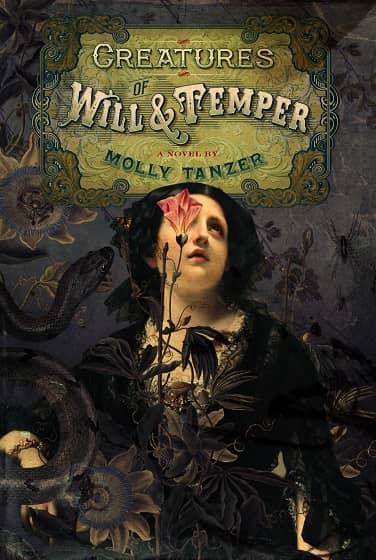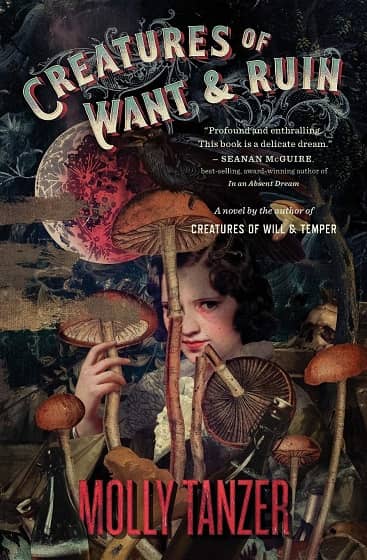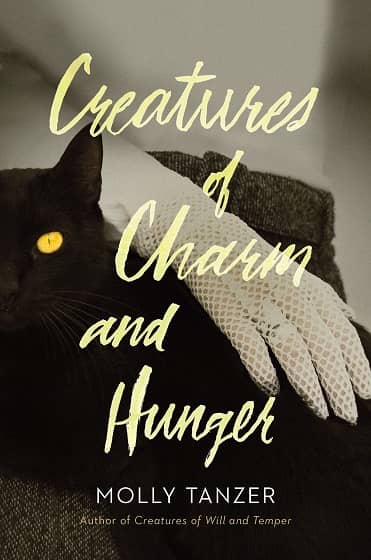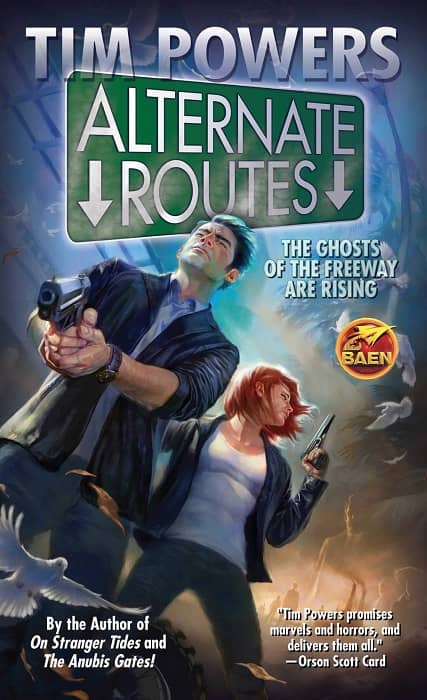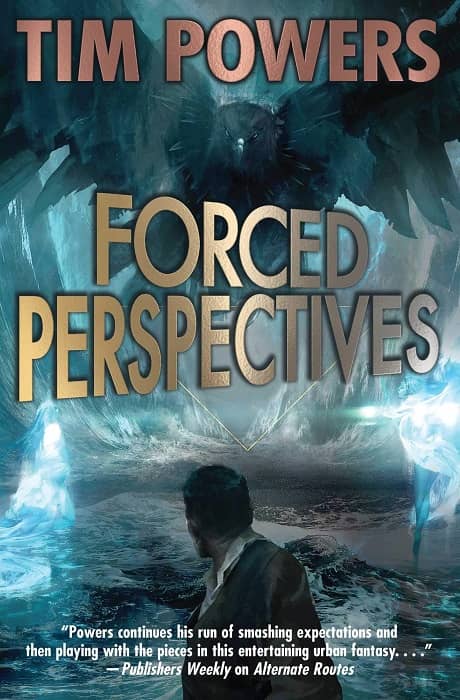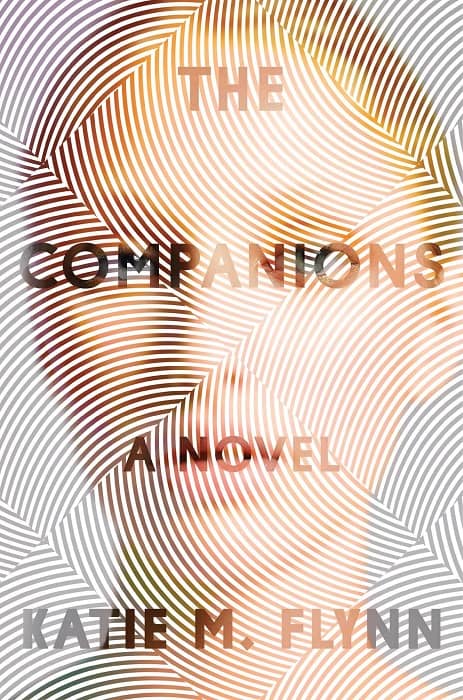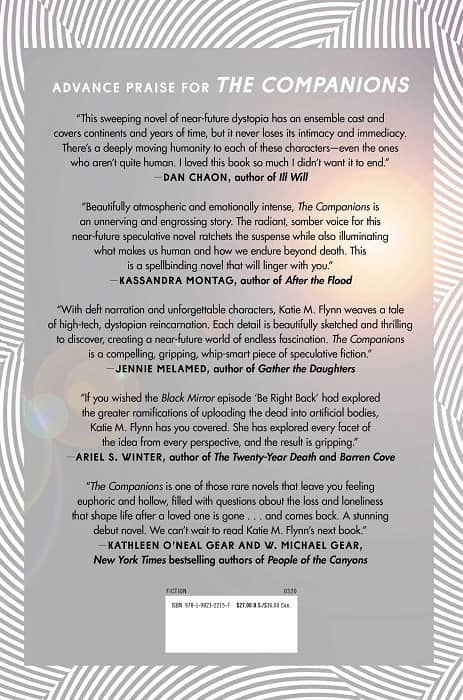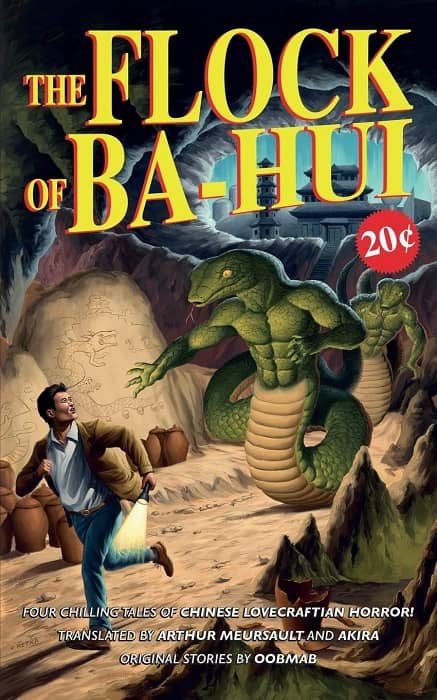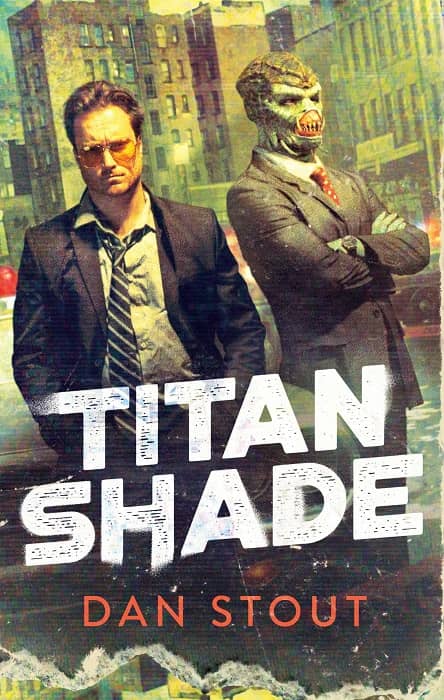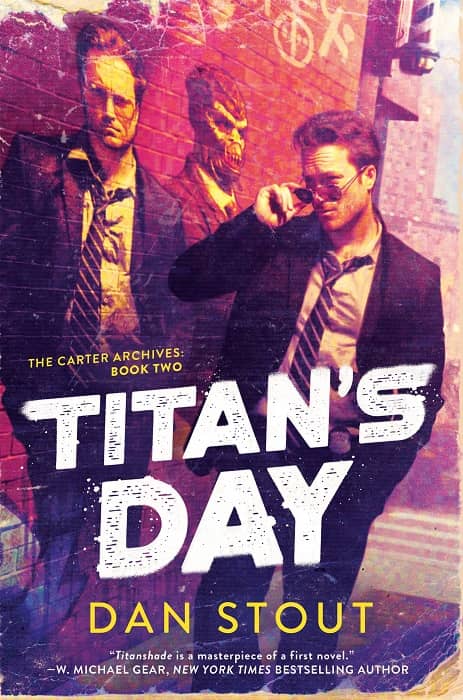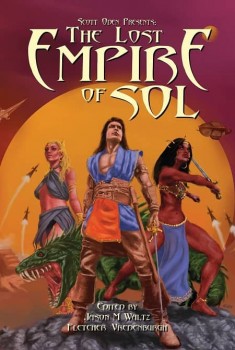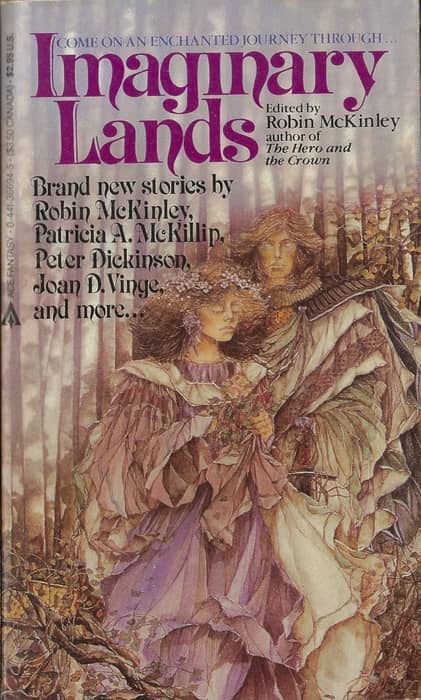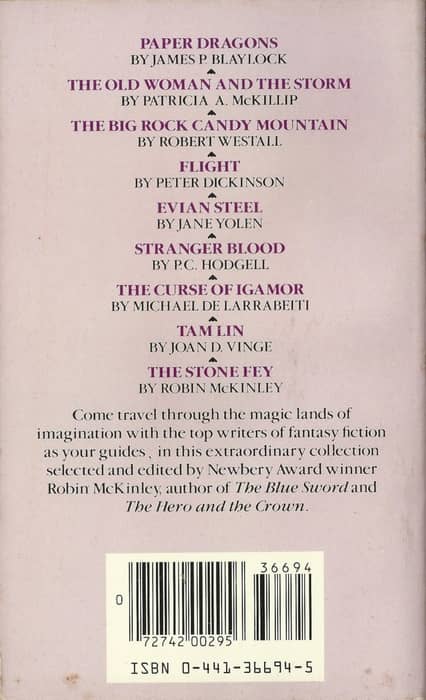The Doom of “Oden”: Twilight of the Gods (Grimnir #2)
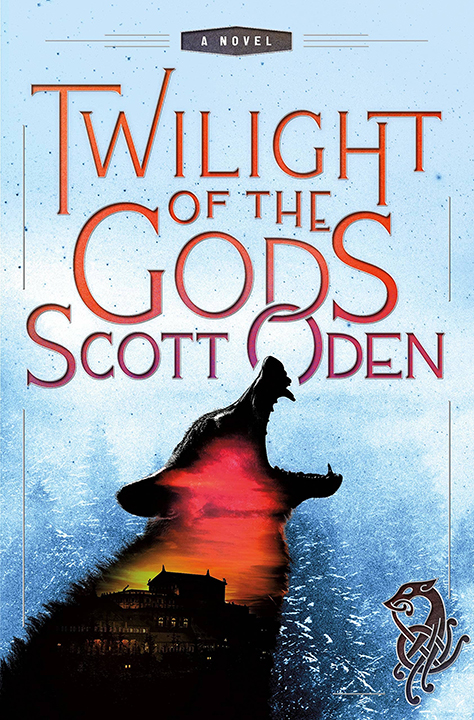 |
With Grimnir #2 Twilight of the Gods (TotG), Scott Oden presents a novel take on Ragnarök, the apocalypse in Norse mythology. He masterfully integrates his historical fiction expertise (i.e., from Memnon, Men of Bronze) with gritty battles reminiscent of Robert E. Howard (i.e., the creator of Conan the Barbarian; Oden recently published a serialized, pastiche novella across the Savage Sword of Conan Marvel Comic series). Few can merge the intensity of low-fantasy Sword & Sorcery with high-fantasy Epics, but Oden does here.
TotG is second in this series; Fletcher Vredenburgh reviewed Griminr #1 A Gathering of Ravens (AGoR) in 2017, and reported: “Oden tells a story that feels lifted straight from the sagas and Eddas.” This February, John O’Neill posted a Future Treasures to reveal the Jimmy Iacobelli cover art to Twilight of the Gods.
This article is a review of the story, the style, and the lore. Read on to learn about the series’ namesake, the apocalypse in this second volume, and get teasers for the third book, The Doom of Odin.
“Mark this, little bird: you can judge how high you stand in your enemy’s esteem by the weapon he draws against you.” – Grimnir

